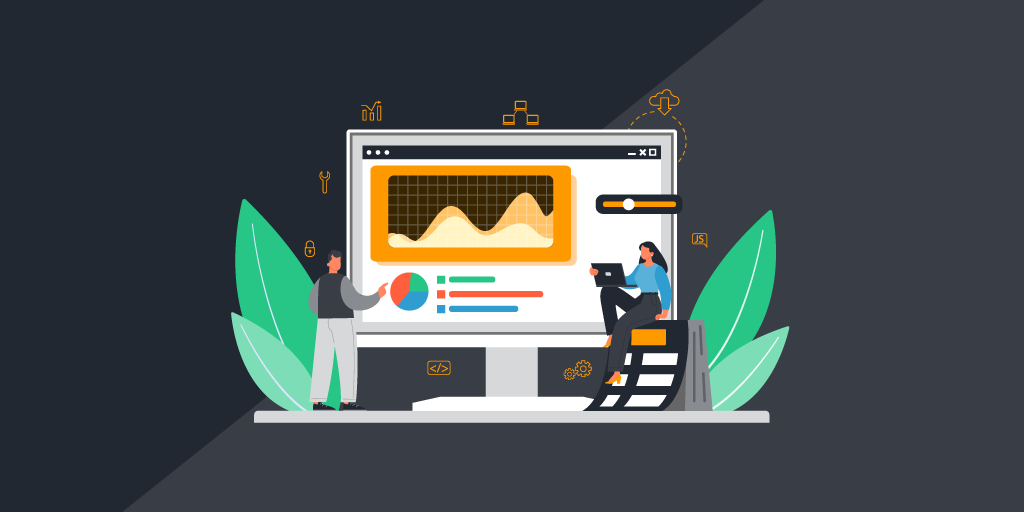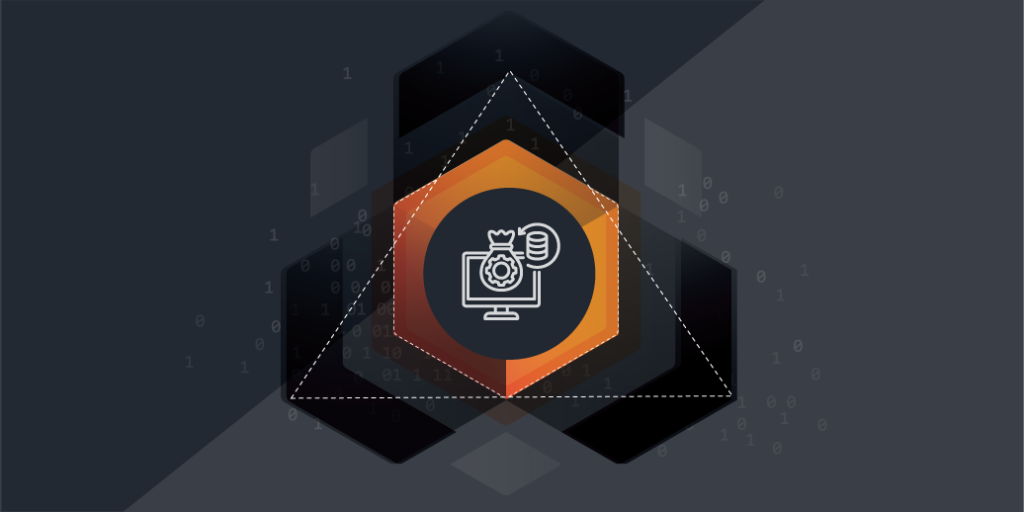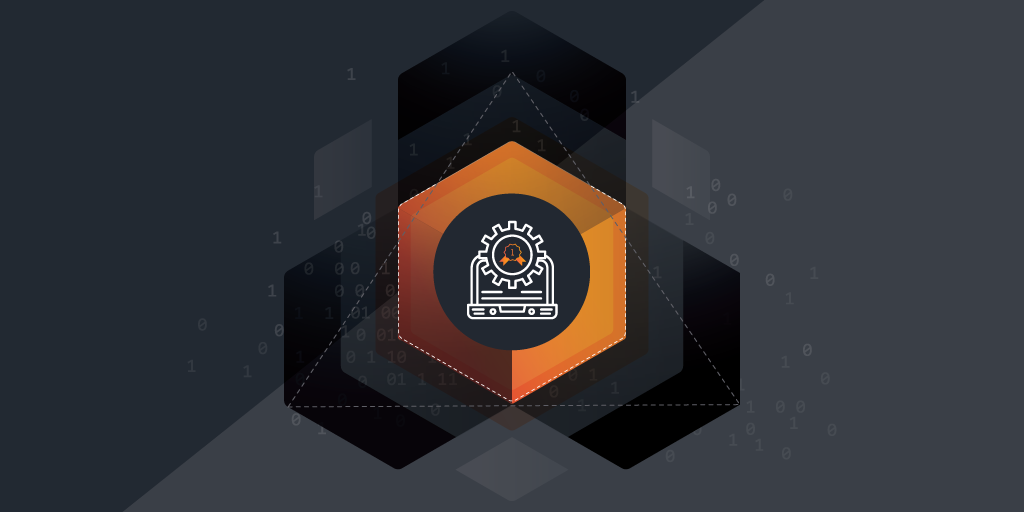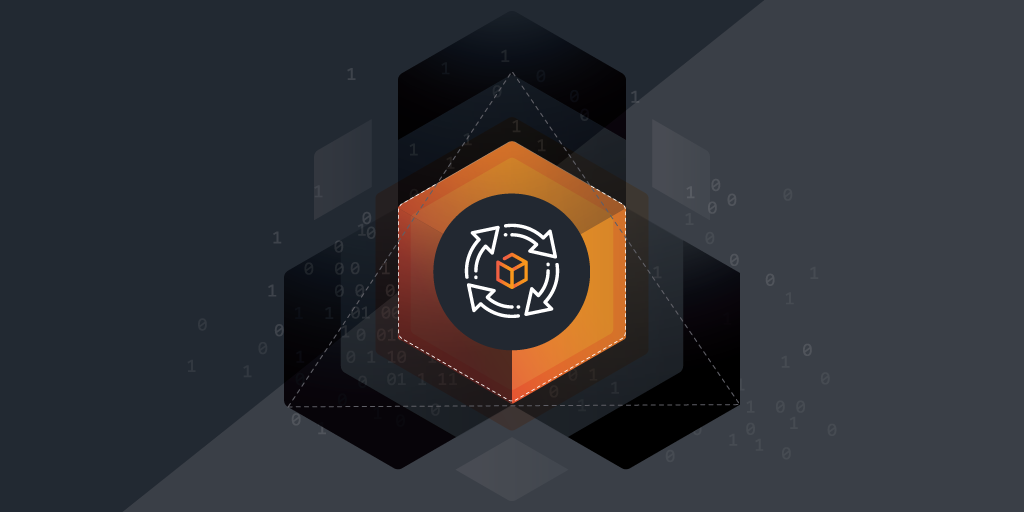
So much software, so little oversight! That may be how many IT departments are feeling lately. According to MarketsAndMarkets, the global Software asset management market size is expected to grow at a Compound Annual Growth Rate (CAGR) of 18.1% to $4.8 billion by 2026, up from just from $2 billion in 2021, and Gartner reports a that enterprise spending on software is projected to increase 9.3% in 2023.
The rapid growth of software in the enterprise has been spurred on by several factors, including the increasing use of software applications in businesses, the need for cost optimization, the rising demand for effective software license management, and the increasing risk of software non-compliance. The problem is, it’s getting tough to manage.
Software Asset Management (SAM) is the process of managing and optimizing the use of software assets within an organization. SAM involves the effective and efficient management of software licensing, installations, and usage throughout the software lifecycle, from acquisition to retirement.
SAM is an important practice for organizations because it helps to ensure compliance with licensing agreements and improve risk management, eliminating legal and financial penalties for non-compliance. It also helps with decision making, and enables organizations to realize cost savings by eliminating redundant software licensing, optimizing software usage, and negotiating better licensing agreements with software vendors.
In this blog post, we’ll examine software asset management in depth, including key concepts and benefits of SAM, the software asset management process, challenges and best practices, and tools and technologies for effective SAM.
Key Concepts in Software Asset Management Lifecycle
Let’s review some key concepts of SAM. The first is software licensing – a legal agreement between a software owner (licensor) and the user (licensee) that allows the user to use the software under certain terms and conditions. Software licensing outlines the rights and restrictions for using the software, such as the number of installations; the duration of the license; and any limitations on modifying, copying or distributing the software.
Types of software licenses
There are several types of software licenses:
- Proprietary licenses are typically used by commercial software companies and restrict the user’s ability to modify, copy or distribute the software. These licenses often require the user to pay a fee for the right to use the software.
- Open-source licenses allow users to modify, copy and distribute the software, as long as they abide by the terms and conditions of the license, such as sharing the modified software under the same license. There are multiple types of open-source licenses.
- Freeware licenses allow users to use the software for free but may limit their ability to modify, copy or distribute the software.
What is license compliance?
License compliance refers to the adherence to the terms and conditions of a software license by the user. It’s an essential practice, essential, because it helps to protect the intellectual property rights of the software owner and ensure that the licensee is using the software legally. Failure to comply with the terms of a software license can lead to legal action, which can result in fines, damages and other legal consequences.
Additionally, license compliance can help organizations to avoid potential security risks, such as the use of unauthorized or unlicensed software, which can pose a significant threat to an organization’s security and can result in data breaches, malware infections and other cybersecurity issues.
Benefits of Software Asset Management
There are many benefits of Software Asset Management, license compliance and license optimization:
- Cost savings: Because SAM helps organizations to optimize their software license usage, avoid over-l and under-licensing, and eliminate unnecessary software purchases, it helps to minimize software costs and reduce overall IT expenditures. Gartner states that an organization can save up to 30% of their software spend in the first year of implementing a Software Asset Management program.
- Risk management: Optimizing software usage and managing it properly helps to reduce the risk of incurring fines from non-compliance. Vendor audits are faster and easier, because the information vendors need is readily available.
- Improved security: SAM helps to identify and manage security risks associated with unlicensed or unauthorized software, reducing the risk of security breaches and data loss.
- Better software inventory management: SAM provides a centralized view of an organization’s software assets, making software usage monitoring and management easy, and ensuring that software is up to date and secure.
- Enhanced decision making: SAM provides accurate, up-to-date information on all software assets, helping IT make informed decisions about software procurement, upgrades and retirement.
- Improved vendor management: SAM improves vendor relationship management, reducing the risk of overpayment and ensuring vendors provide the expected level of service and support.
Software Asset Management Process
There are 5 steps in the Software Asset Management process:
- Inventory and discovery: Since you can’t manage software you don’t know you have, the most important step is to discover all of the software assets on the network and create a detailed software asset inventory. Tools like Lansweeper streamline and simplify this process.
- Software performance and usage analysis: This analysis involves collecting data on various aspects of software usage, such as application response time, user behavior, system performance and resource utilization. Data can be used to identify trends and patterns that may indicate potential issues, such software performance bottlenecks or security vulnerabilities.
- License compliance assessment: This step will help determine whether an organization is in compliance with the terms and conditions of the various software license agreements. It can also help organizations to identify opportunities to optimize software license usage, reduce costs, and improve license management processes.
- License optimization: License optimization is the process of maximizing the value and minimizing the cost of software licenses within your organization. This involves tracking the use of software licenses to ensure that the organization is using its licenses efficiently and not over-licencing (when an organization has more licenses than necessary), or under-licensing (when an organization does not have enough licenses to cover its software usage). Through license optimization, organizations can reduce software costs, avoid legal risks, and ensure compliance with license agreements. Additionally, license optimization can help organizations to identify opportunities to consolidate software licenses, standardize software usage, and reduce software-related downtime and support costs.
- Procurement and contract management: During this step the organization acquires new software and services from vendors and manages the associated contracts to ensure both particles fulfill their obligations. The procurement process involves identifying the need for goods or services, selecting and evaluating potential vendors, negotiating contracts and, ultimately, purchasing the goods or services. Contract management involves the administration and monitoring of the contracts entered into between an organization and its vendors.
Challenges in the Software Asset Management Lifecycle
Software asset management (SAM) can be a complex and challenging task for organizations due to several factors. Organizations may lack visibility into their software usage, making it difficult to track and manage licenses effectively. Software licenses can be complex and difficult to understand, as well, making compliance challenging. Often, organizations – especially smaller ones – lack sufficient staff, expertise and tools for an effective SAM program.
Additionally, the technology landscape is constantly evolving, and new software applications are released regularly. This can make it difficult for organizations to perform software usage monitoring and keep up with licensing models and agreements. “Shadow IT” adds to the complexity. Employees may use unauthorized software applications, which can lead to non-compliance with license agreements.
Fortunately, there are best practices to follow to simplify software asset management, as well as a variety of tools that address these challenges and automate the process.
Best Practices for Software Asset Management
Effective Software Asset Management can help organizations to reduce costs, minimize legal risks, and improve operational efficiency. Here are some best practices for SAM:
- Establish SAM policies and procedures. Develop and communicate clear policies for SAM that define roles and responsibilities, and establish processes for software procurement, deployment, and retirement. The policies should also outline procedures for tracking and managing licenses.
- Educate employees. Educate employees about SAM policies and procedures, including the importance of complying with license agreements and the risks associated with using unauthorized software.
- Conduct regular software audits. Regularly audit software usage and licenses to identify instances of over-licensing or under-licensing, and take corrective action as necessary. Additionally, monitor vendors to ensure that they comply with license agreements and provide the necessary support and maintenance.
- Use SAM tools. Use software tools to automate the SAM process, including software discovery, license tracking and compliance reporting.
Following these best practices for SAM will help to reduce risk and costs, and optimize the use and availability of software across the organization.
Tools and Technologies for Software Asset Management
While Software Asset Management is a huge undertaking for most organizations, tools that automate and streamline the process reduce the cost, hassle and risk associated with the process, so you can reap the benefits of software compliance and optimization. One such tool is Lansweeper, the market’s leading IT asset management solution.
Lansweeper combines agent-based and agentless asset scanning with credential-free device recognition technology to build a comprehensive IT asset inventory, which includes all of the software used throughout your organization – along with all hardware, operational technology, IoT, and cloud assets in your environment. The solutions Software License Compliance capabilities enable you to track software license keys automatically and create an overview of your software license purchases. Combining Lansweeper with a complete SAM platform such as AssetLabs or Licenseware ensures you always have the most accurate and complete information for managing your software estate.
Learn more about Lansweeper for Software and IT Asset Management today. New to Lansweeper? Try it for free today!


